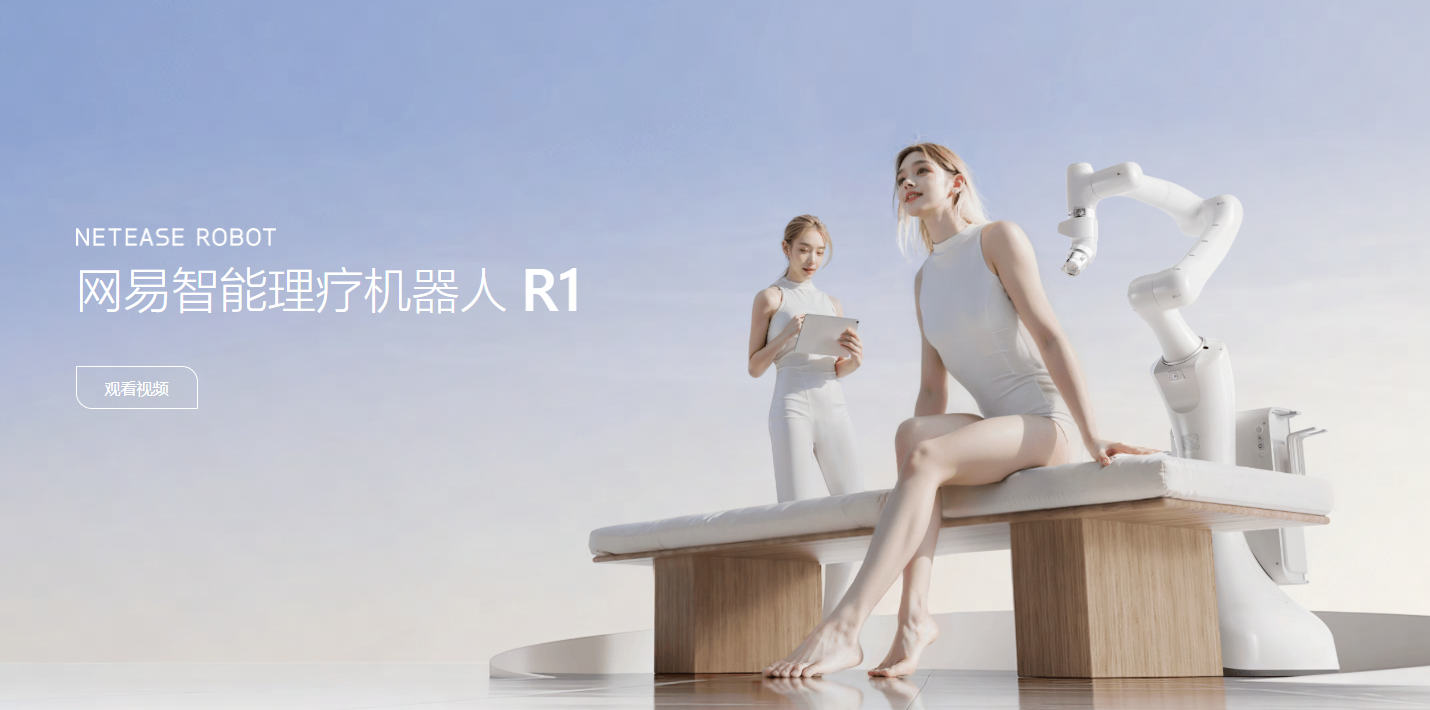- Home
- >
- News
- >
- Company News
- >
- View Details
AI physiotherapy: How intelligent technology reshapes the new experience of health management
24-04-2025
In the field of traditional medical care and health management, physiotherapy has always been an important means to relieve pain and promote rehabilitation. However, with the rapid development of artificial intelligence technology, AI physiotherapy is becoming a new focus of the health industry. It deeply integrates intelligent algorithms with medical knowledge to provide patients and healthy people with more accurate, efficient and personalized solutions. This technology not only optimizes the process of traditional physiotherapy, but also promotes the intelligent transformation of health management.
1. Technical logic and application scenarios of AI physiotherapy
The core of AI physiotherapy is to build a personalized health intervention model through data analysis and machine learning. Its technical implementation mainly depends on the following links:
Data acquisition and processing: Real-time acquisition of user's physiological data (such as joint range of motion, muscle status, body characteristics, etc.) through wearable devices, sensors or imaging technology.
Intelligent analysis: The algorithm deeply analyzes the data, identifies abnormal patterns (such as wrong posture, muscle strain), and compares it with the medical database to locate the root cause of the problem.
Solution generation: Based on the user's physical condition and rehabilitation goals, it automatically generates customized solutions including exercise guidance, electrotherapy parameters, and thermal therapy frequency.
In terms of application scenarios, AI physiotherapy has covered multiple fields: chronic pain management (such as cervical spondylosis, lumbar disc herniation), sports injury rehabilitation, postoperative functional recovery, and even daily prevention for sub-healthy people. For example, for patients with periarthritis of the shoulder, the AI system can dynamically adjust the intensity and angle of stretching training based on the degree of their limited activity to avoid excessive load.
2. Four core advantages of AI physiotherapy
Compared with traditional physiotherapy, the introduction of AI technology has brought significant improvements:
Accurate diagnosis: Through high-precision sensors and algorithms, AI can detect posture deviations or muscle compensation problems that are difficult to detect with the naked eye, reducing the risk of misjudgment.
Personalized intervention: The system adjusts the plan based on real-time user feedback. For example, when it is detected that a patient has difficulty completing a certain action, it will automatically reduce the difficulty and provide alternative training.
24-hour health monitoring: With the help of wearable devices, AI can track the user's status around the clock and promptly warn of potential risks (such as abnormal gait indicating the possibility of falling).
Resource optimization: Alleviate the problem of insufficient number of professional physiotherapists, so that more people can get high-quality services, especially those in remote areas or with limited mobility.
III. Future development direction of AI physiotherapy
Although the technology has made breakthroughs, the potential of AI physiotherapy is far from being fully tapped. The following trends may appear in the future:
Multimodal technology integration: Combine virtual reality (VR) to create an immersive rehabilitation environment, or realize mind control training through brain-computer interface to improve patient participation.
Deepening of preventive medicine: Predict disease risks through long-term data analysis. For example, based on the spinal pressure data of sedentary people, intervention measures are recommended in advance.
Standardization and compliance: With the popularization of technology, the industry will establish more complete AI physiotherapy operation specifications and data security standards to ensure the reliability of services and privacy protection.
IV. Precautions for embracing AI physiotherapy
Despite the broad prospects, users need to rationally view the positioning of AI physiotherapy:
Assistance rather than substitution: The role of AI is to assist doctors and physiotherapists to improve efficiency, and complex cases still require comprehensive judgment by professionals.
Data quality first: The sensor accuracy and algorithm maturity of the equipment directly affect the effect, and it is safer to choose a medically certified system.
Human-machine collaborative value: Only by combining the patient's active feedback with AI's objective analysis can the best rehabilitation effect be achieved.
Conclusion
The rise of AI physiotherapy marks a new stage in health management from "experience-driven" to "data-driven". It uses intelligent means to allow physiotherapy services to break through time and space limitations and improve accessibility and scientificity. With the advancement of technology and the improvement of industry standards, AI physiotherapy is expected to become everyone's "personal health butler" and redefine the boundaries of modern medicine. For ordinary users, understanding technical logic and choosing compliance tools will allow them to enjoy the health dividends brought by technology more safely.
Get the latest price? We'll respond as soon as possible(within 12 hours)
